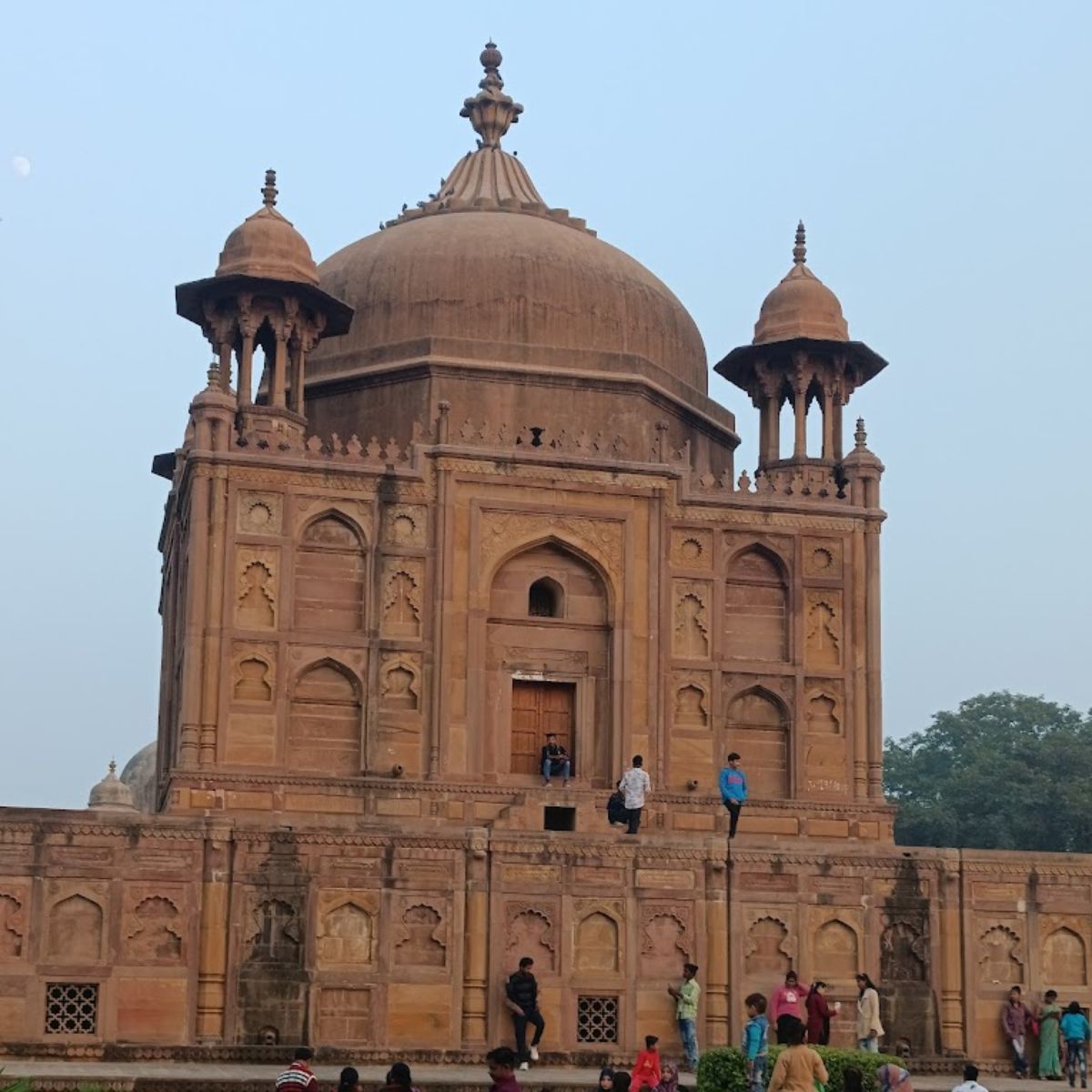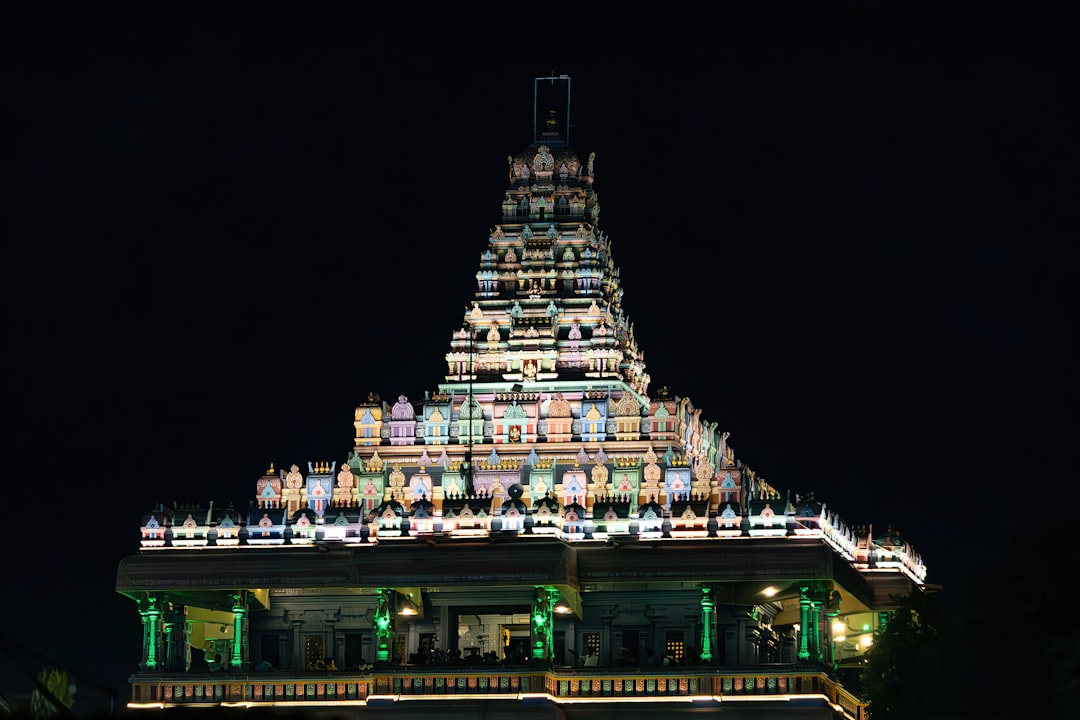Prayagraj, formerly known as Allahabad, is a city steeped in history and mythology. While many know it for the sacred Triveni Sangam (the meeting point of the Ganges, Yamuna, and mythical Saraswati rivers), a massive and impressive structure stands as a testament to Mughal power and architectural prowess: the Allahabad Fort, built by Emperor Akbar. Let’s dive into the history and legacy of this iconic fort.
A Strategic Vision: Why Akbar Built the Fort
Akbar, one of the greatest Mughal emperors, understood the strategic importance of Prayagraj. Situated at the confluence of major rivers, it was a vital communication and trade hub. Building a fort here wasn’t just about displaying power; it was about controlling the region, securing trade routes, and establishing a strong Mughal presence in the eastern part of his empire. Construction started in 1583 and took several years to complete, resulting in a formidable fortress that dominated the landscape.
Architectural Marvel: What Makes the Fort Special?
The Allahabad Fort is a prime example of Mughal military architecture. Its massive walls, towering gateways, and intricate designs are truly awe-inspiring. Here are some key features that make it stand out:
- Massive Walls: The fort is enclosed by high, thick walls made of red sandstone. These walls provided excellent defense against enemies.
- Three Gateways: The fort originally had three main gateways: the main entrance, a river-facing gate, and another gate for specific purposes. However, only one gateway is currently accessible to the public.
- Akbar’s Royal Apartments: Within the fort, Akbar had his royal apartments, showcasing his power and status.
- Jodhabai’s Palace: A beautiful palace built for one of Akbar’s wives, Jodhabai, reflecting a blend of Mughal and Rajput architectural styles.
- Asoka Pillar: An ancient pillar dating back to the Mauryan Empire (around 232 BC) stands within the fort. It bears inscriptions from Ashoka and later Gupta rulers, adding a layer of historical significance predating the Mughals.
- Saraswati Kup (Well): This well is believed to be the source of the mythical Saraswati River, adding to the fort’s spiritual significance.
The Fort Through Time: A Witness to History
The Allahabad Fort has witnessed centuries of history, playing a crucial role in various events. After the Mughals, the fort came under the control of the British East India Company. They used it as a military base and made significant alterations to the structure. Even today, a portion of the fort is occupied by the Indian Army, limiting public access. While this limits exploration, it also ensures the preservation of this historical monument.
Visiting the Allahabad Fort: What You Need to Know
Planning a visit to the Allahabad Fort? Here are a few things to keep in mind:
- Limited Access: Due to the army presence, only a limited area of the fort is open to the public.
- Key Attractions: The accessible areas include the Asoka Pillar, Saraswati Kup, and Jodhabai’s Palace.
- Photography: Photography restrictions may be in place in certain areas. It’s always best to check with the authorities before taking pictures.
- Timings: The fort is usually open from morning to evening, but timings may vary. Check the latest information before your visit.
- Guides: Hiring a local guide can enrich your experience and provide valuable insights into the fort’s history and architecture.
Akbar’s Enduring Legacy
Akbar’s legacy in Prayagraj extends far beyond the impressive walls of the fort. He established Allahabad as a significant Mughal center, promoting trade, culture, and religious tolerance. The Allahabad Fort stands as a symbol of his vision, power, and architectural brilliance. It’s a reminder of a bygone era and a testament to the enduring influence of the Mughal Empire in India.
Frequently Asked Questions
Why is the Allahabad Fort so important?
The Allahabad Fort is important because of its strategic location at the confluence of the Ganges and Yamuna rivers, its impressive Mughal architecture, and its role in controlling trade routes and establishing Mughal power in the region.
Can I see the entire Allahabad Fort?
Unfortunately, no. A portion of the fort is still used by the Indian Army, and public access is limited to certain areas like the Asoka Pillar and Jodhabai’s Palace.
When was the Allahabad Fort built?
The Allahabad Fort was built by Emperor Akbar, with construction starting in 1583.
What is the Asoka Pillar?
The Asoka Pillar is an ancient pillar dating back to the Mauryan Empire, predating the Mughal period. It features inscriptions from Emperor Ashoka and later Gupta rulers, adding to the fort’s historical significance.
Is photography allowed inside the fort?
Photography restrictions may be in place in certain areas of the fort. It’s always best to check with the authorities upon arrival regarding the current rules.
Visiting the Allahabad Fort offers a glimpse into the grandeur of the Mughal Empire and the rich history of Prayagraj. Despite limited access, the accessible sections provide a fascinating insight into Akbar’s vision and the architectural brilliance of the era. It’s a must-visit destination for anyone interested in history, architecture, and the cultural heritage of India.



